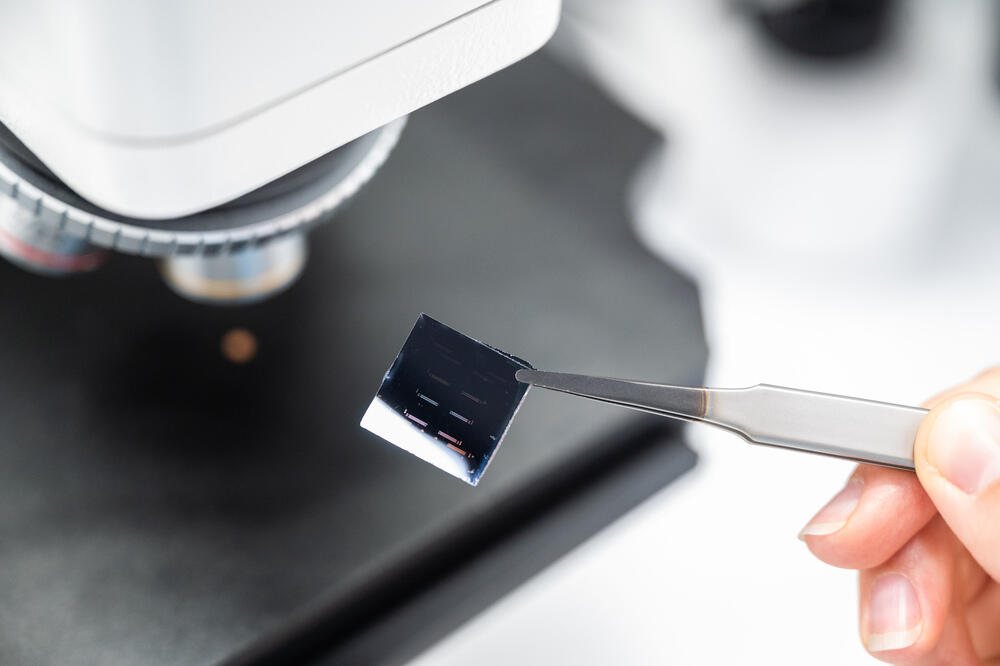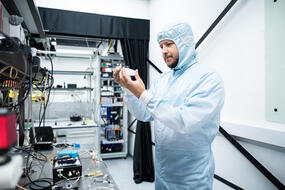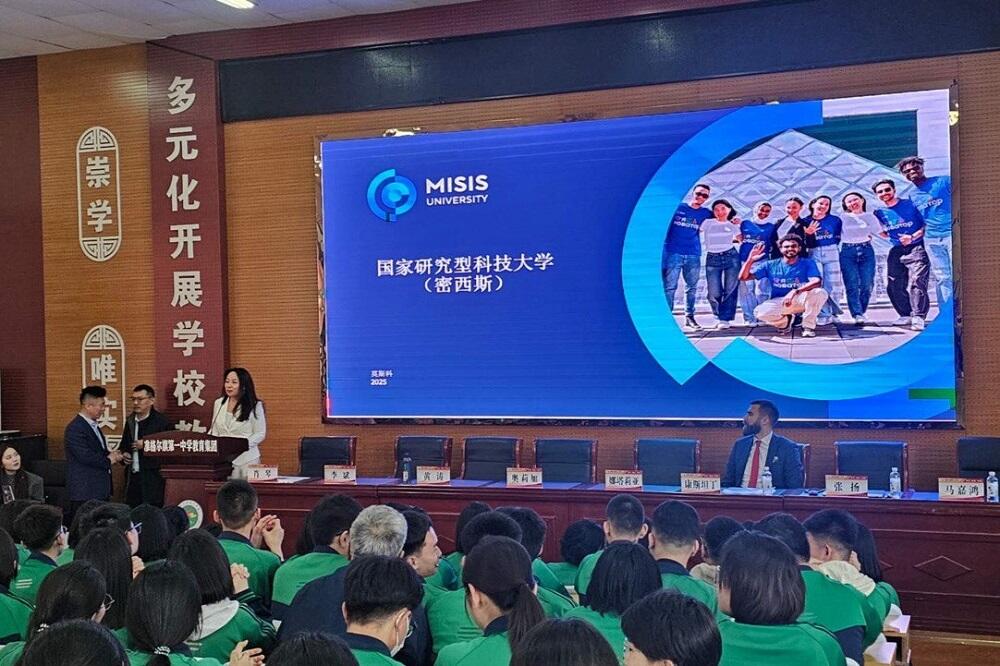Russian researchers have developed a new method for creating highly accurate miniature detectors capable of sensing gas molecules — from acetone vapors to toxic compounds. The core of the technology is a layer of nanoscale spheres that condense gas molecules like a sponge, while a photonic integrated circuit detects changes caused by the gas. These versatile detectors can quickly identify industrial leaks, monitor urban air quality, and even assist in diagnosing diabetes.
While commercial detectors are widely used to monitor substances in various environments, many current devices are either bulky, prone to inaccuracies due to temperature and humidity fluctuations, or rely on electrical currents that pose a risk of sparks and explosions. Industrial settings require reliable gas leak detection systems, and the medical field needs portable tools for rapid breath-based glucose analysis in diabetic patients.
The compact and precise gas detector was developed by a team of researchers from NUST MISIS, Skoltech, Moscow Pedagogical State University, HSE University, the National Medical Research Center for Obstetrics, Gynecology and Perinatology named after Academician V. I. Kulakov, and Saratov State University. Their solution involves applying a layer of silicon dioxide nanospheres onto a photonic chip, which is a structure resembling a porous sponge. When gas molecules enter the gaps between the spheres, capillary condensation occurs, altering the light’s optical path, which is easily detected at the output.
“Imagine spreading a perfectly even layer of sand on sticky tape, which changes color upon contact with a certain substance. We did the same thing but at the nanoscale and for high-precision measurements,” said Alexey Kuzin, researcher at the Laboratory of Photonic Gas Sensors at NUST MISIS.
Irina Florya, an engineer at the same lab, added: “When gas molecules penetrate the porous structure of nanospheres on our silicon nitride optical chip and condense there, this causes shifts in the resonant frequencies of our devices, which we can successfully read using laser light traveling through waveguides.”
A key challenge was ensuring uniform layer application without clumping or gaps to maintain measurement accuracy. To achieve this, the researchers used microfluidic technology, which involves miniature channels to guide fluid flow. This method enabled one of the best coverage rates among gas detectors — 59% density of the silicon nanosphere layer. The new sensors are highly sensitive, resistant to environmental interference, and remain compact. Full details of the study are published in Nanoscale (Q1).
“Our goal was not only high accuracy but also manufacturability, so these sensors could be mass-produced and widely used. We hope to soon move from lab prototypes to fully functional products,” concluded Vadim Kovalyuk, Head of the Laboratory of Photonic Gas Sensors at NUST MISIS.
In the future, the detectors could be used in medicine for rapid, non-invasive breath analysis, for instance, detecting acetone (a diabetes marker) or ethanol, as well as in industrial safety and urban pollution monitoring.






